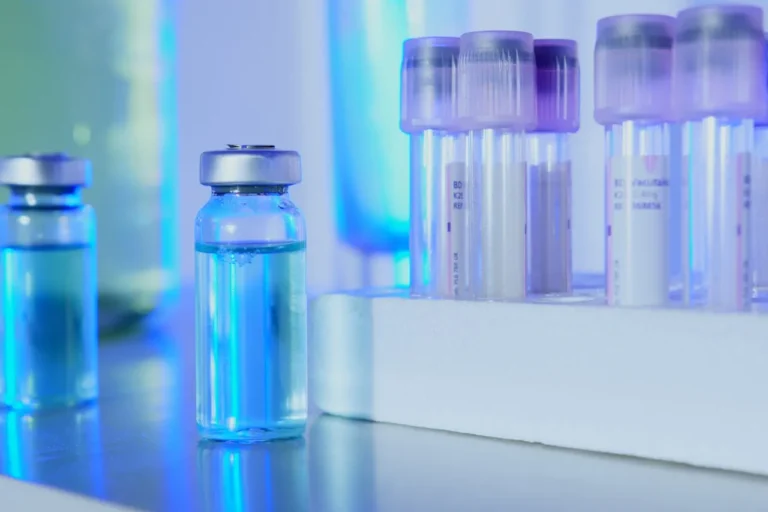
Eli Lilly and Company (NYSE: LLY) has released detailed results from the SURMOUNT-OSA phase 3 clinical trials, which evaluated tirzepatide injections (10 mg or 15 mg) for treating moderate-to-severe obstructive sleep apnea (OSA) in adults with obesity, with and without positive airway pressure (PAP) therapy. In both studies, tirzepatide met all primary and key secondary endpoints for both the efficacy and treatment-regimen estimands, showing a mean reduction of up to 62.8% in the apnea-hypopnea index (AHI), equating to about 30 fewer airflow restriction events per hour of sleep compared to placebo. The full results were published in The New England Journal of Medicine (NEJM) and presented at the American Diabetes Association® (ADA) 84th Scientific Sessions.
Key secondary endpoint data showed that 43.0% (Study 1) and 51.5% (Study 2) of participants treated with the highest dose of tirzepatide met the criteria for disease resolution. This was defined as achieving an AHI of fewer than 5 events per hour, or an AHI of 5-14 events per hour with an Epworth Sleepiness Scale (ESS) score of ≤10, which measures excessive daytime sleepiness.
OSA is a complex condition that can contribute to serious cardiometabolic complications, including hypertension, coronary heart disease, stroke, heart failure, atrial fibrillation, and type 2 diabetes. Participants treated with tirzepatide showed significant improvements in all key secondary endpoints, including reductions in systolic blood pressure, hypoxic burden, and high-sensitivity C-reactive protein (hsCRP), an inflammation marker, compared to placebo.
“In the trials, patients with moderate-to-severe obstructive sleep apnea and obesity treated with tirzepatide experienced about 30 fewer disruptive events every hour of sleep and nearly half achieved disease resolution,” said Dr. Atul Malhotra, Peter C. Farrell presidential chair, professor of medicine at the University of California San Diego School of Medicine, and director of sleep medicine at UC San Diego Health. “OSA can be very disruptive to daily life and affects a person’s long-term health when left untreated because it can lead to serious cardiometabolic complications. These data support the efficacy of tirzepatide in adults living with moderate-to-severe OSA and obesity and has the potential to add to our toolbox for OSA treatment.”
Full Results:
SURMOUNT-OSA Study 1 – Participants Not on PAP Therapy
| Endpoint | Tirzepatide* | Placebo |
|---|---|---|
| Primary Endpoint – Change in AHI from Baseline | -27.4 | -4.8 |
| Secondary Endpoint – Percent Change in AHI from Baseline | -55.0% | -5.0% |
| Secondary Endpoint – Percentage of Participants with AHI <5 or AHI 5-14 with ESS ≤10 | 43.0% | 14.9% |
| Secondary Endpoint – Percentage of Participants with ≥50% AHI Reduction | 62.3% | 19.2% |
| Secondary Endpoint – Percent Change in Body Weight | -18.1% | -1.3% |
SURMOUNT-OSA Study 2 – Participants Using PAP Therapy
| Endpoint | Tirzepatide* | Placebo |
|---|---|---|
| Primary Endpoint – Change in AHI from Baseline | -30.4 | -6.0 |
| Secondary Endpoint – Percent Change in AHI from Baseline | -62.8% | -6.4% |
| Secondary Endpoint – Percentage of Participants with AHI <5 or AHI 5-14 with ESS ≤10 | 51.5% | 13.6% |
| Secondary Endpoint – Percentage of Participants with ≥50% AHI Reduction | 74.3% | 22.9% |
| Secondary Endpoint – Percent Change in Body Weight | -20.1% | -2.3% |
*For both SURMOUNT-OSA studies, tirzepatide MTD is the maximum tolerated dose of 10 mg or 15 mg once-weekly. The starting dose of 2.5 mg tirzepatide was increased by 2.5 mg every four weeks until the maximum tolerated dose was achieved. Participants who tolerated 15 mg continued on 15 mg as their MTD, while those who tolerated 10 mg but not 15 mg continued on 10 mg as their MTD.
“There are currently no pharmaceutical treatment options to address the underlying cause of OSA, a complex disease that disrupts the daily lives of 80 million people in the U.S. alone and is linked to serious health complications,” said Dr. Jeff Emmick, senior vice president of product development at Lilly. “The SURMOUNT-OSA results showed a significant proportion of patients with moderate-to-severe OSA and obesity treated with tirzepatide achieved disease resolution based on predetermined AHI and ESS measures, at which point PAP therapy may not be recommended.”
The safety profile of tirzepatide in SURMOUNT-OSA studies was consistent with previously reported SURMOUNT and SURPASS trials. The most commonly reported adverse events were gastrointestinal, generally mild to moderate in severity. In SURMOUNT-OSA Study 1, these included diarrhea (26.3% vs 12.5%), nausea (25.4% vs 10.0%), and vomiting (17.5% vs 4.2%) for tirzepatide compared with placebo. In Study 2, adverse events included diarrhea (21.8% vs 8.8%), nausea (21.8% vs 5.3%), and constipation (15.1% vs 4.4%). Adverse events led to discontinuation of study treatment in 9 participants taking tirzepatide (5 in Study 1 and 4 in Study 2) and 10 taking placebo (2 in Study 1 and 8 in Study 2).
Tirzepatide is the only approved treatment combining GIP (glucose-dependent insulinotropic polypeptide) and GLP-1 (glucagon-like peptide-1) for chronic weight management, marketed as Zepbound® in the U.S. and Mounjaro® in some global markets. Lilly has submitted tirzepatide for the treatment of moderate-to-severe OSA and obesity to the U.S. Food and Drug Administration (FDA), with regulatory action expected by the end of the year. The FDA has granted Fast Track designation for this treatment.




